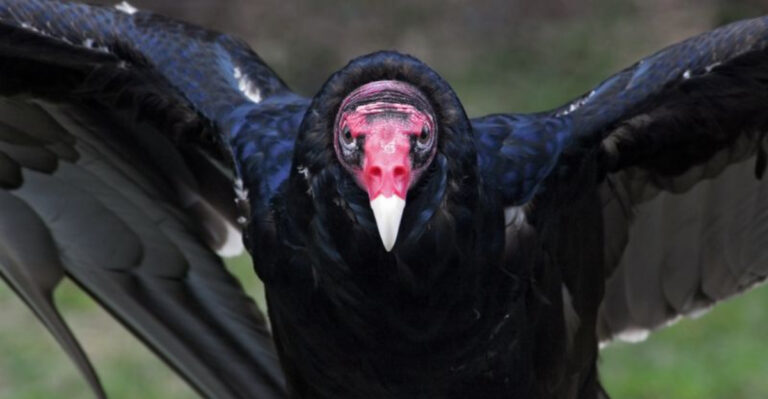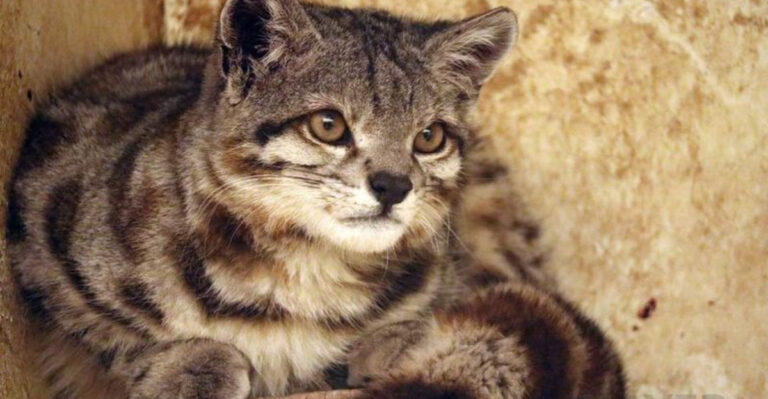13 Interesting Facts About Squids
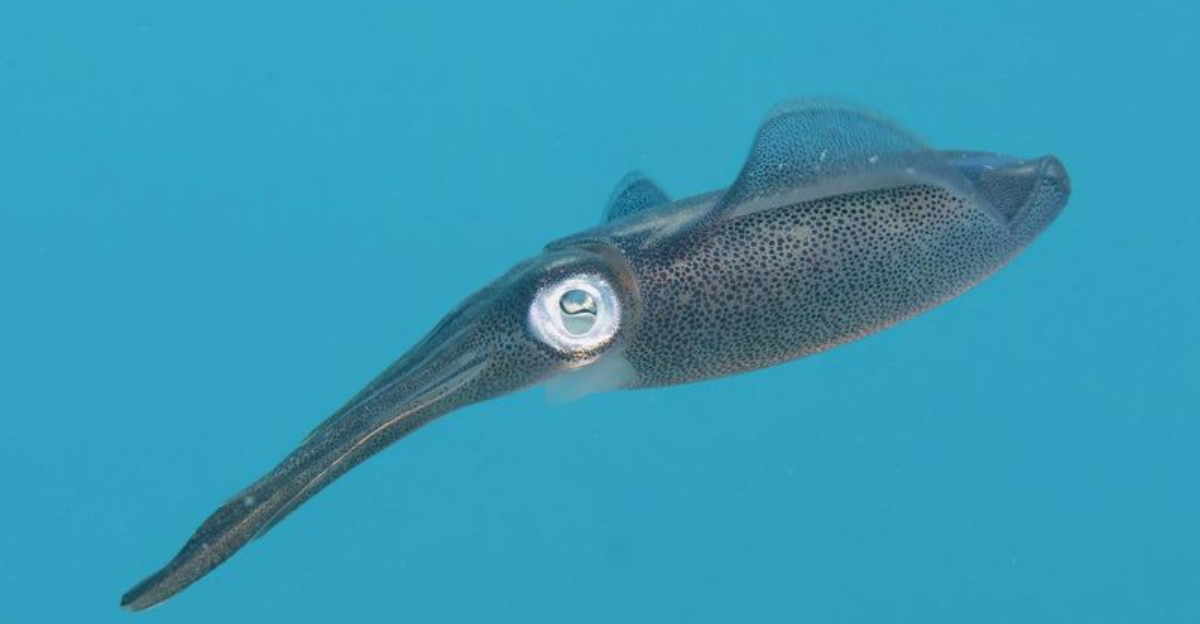
Lurking beneath the ocean’s surface, squids are some of the most mysterious and intelligent creatures on our planet.
These ocean-dwelling cephalopods have evolved remarkable adaptations that help them thrive in various marine environments.
From their incredible color-changing abilities to their surprisingly complex brains, squids continue to amaze scientists and ocean enthusiasts alike.
1. Masters Of Disguise
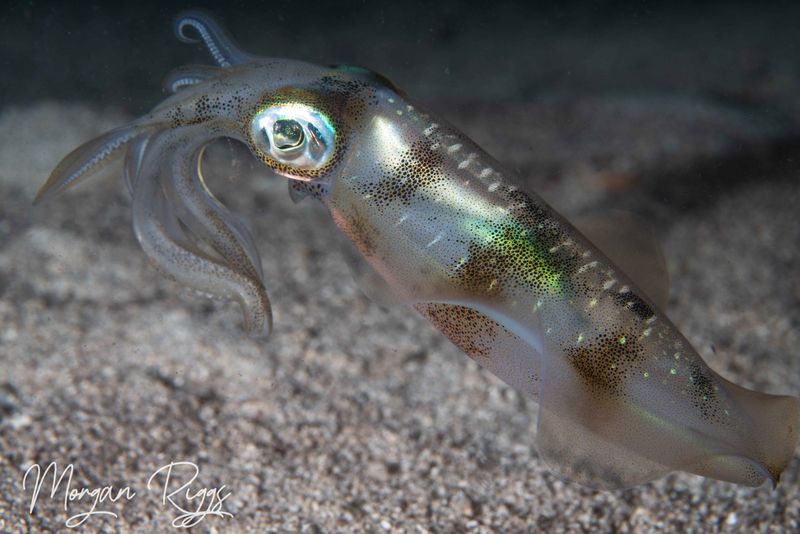
Squids can change color faster than a chameleon on caffeine! Their skin contains special cells called chromatophores that expand and contract to display different colors and patterns.
This remarkable ability helps them communicate with other squids, camouflage from predators, and even express their moods. Some species can flash through a rainbow of colors in mere seconds.
2. Three Hearts Beat As One
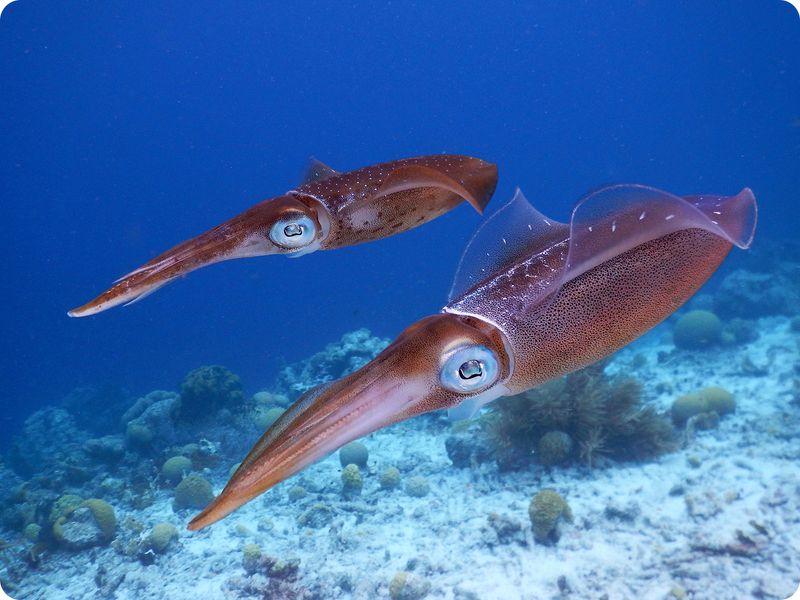
Ever feel like you need an extra heart? Squids already have you beat with their trio of pumping organs. Two hearts push blood through the gills, while the third circulates it throughout the body.
This unique cardiovascular system ensures these active hunters always have enough oxygen, even during high-speed chases. Talk about efficiency!
3. Jet-Propelled Swimmers
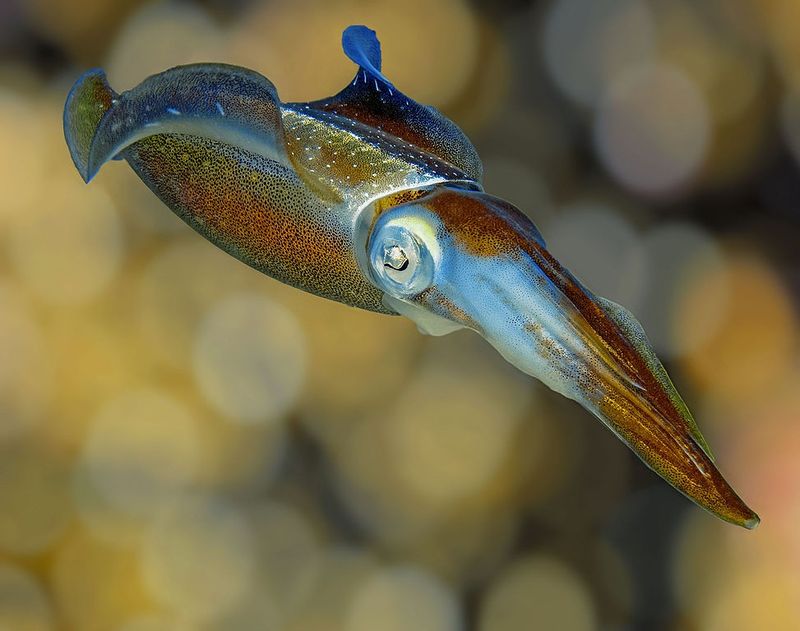
Forget Olympic swimmers – squids are nature’s water rockets! By forcefully expelling water through a flexible tube called a siphon, they can zoom backward at speeds up to 25 mph.
This jet propulsion system makes them one of the fastest marine invertebrates. When startled, they can disappear in the blink of an eye, leaving predators in their wake.
4. Blue Blood Runners
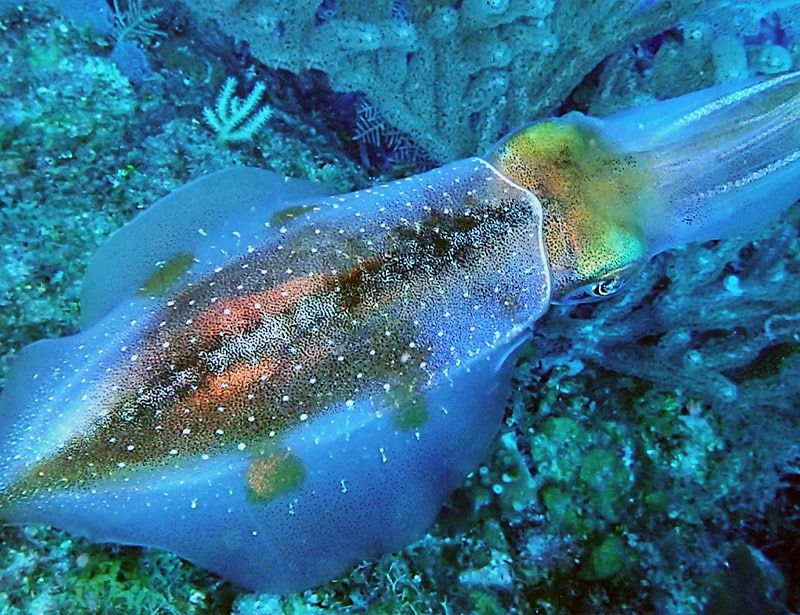
Unlike our red blood, squid blood runs blue! This alien-like feature comes from copper-based hemocyanin instead of our iron-based hemoglobin.
The copper compound helps squids survive in deep, cold waters where oxygen levels are low. Their blue blood actually works better than our red blood in cold, low-oxygen environments—a perfect adaptation for deep-sea living.
5. Giant Squid Mysteries
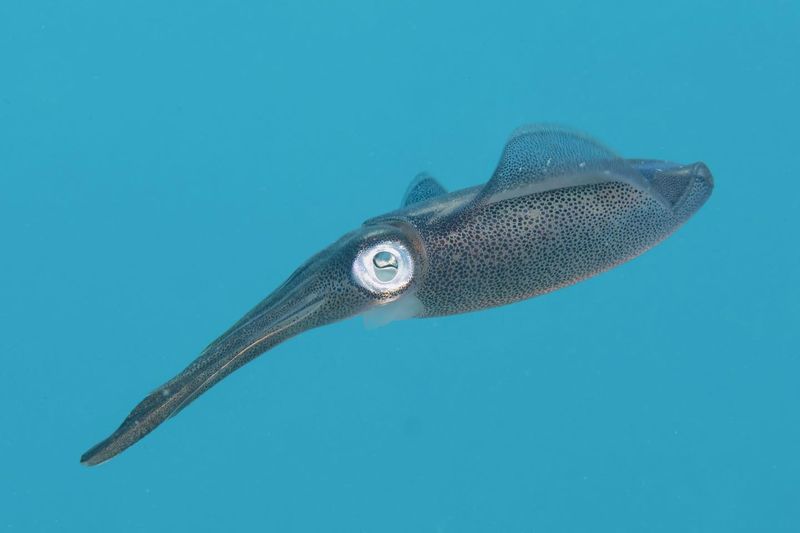
The legendary giant squid can stretch longer than a school bus – up to 43 feet! Yet these massive creatures remained largely a mystery until 2004, when one was finally photographed alive in its natural habitat.
With eyes the size of dinner plates, they’re perfectly adapted for spotting prey in the pitch-black deep. No wonder they inspired so many sea monster tales!
6. Donut-Shaped Brains
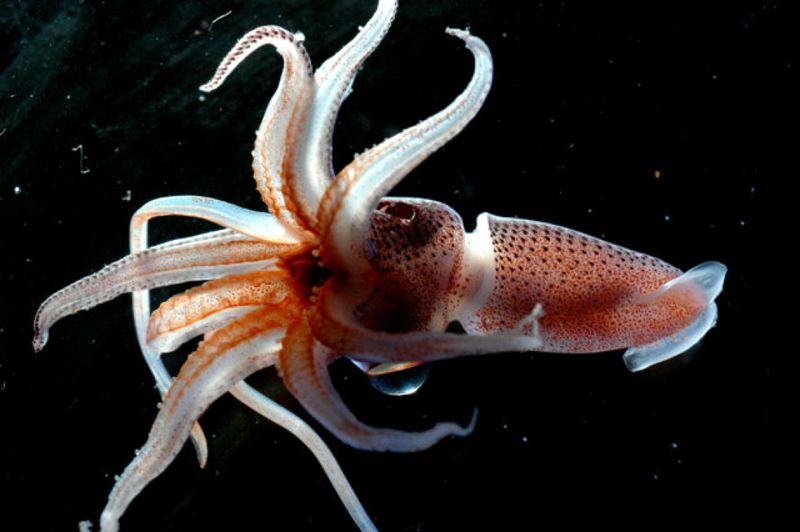
Imagine having your esophagus run through your brain! Squids sport donut-shaped brains with their food pipe passing right through the hole in the middle.
Despite this odd arrangement, they’re surprisingly intelligent creatures. They can solve puzzles, recognize individual humans, and even learn through observation. Not bad for an animal with a hole in its head!
7. Ink Cloud Escape Artists
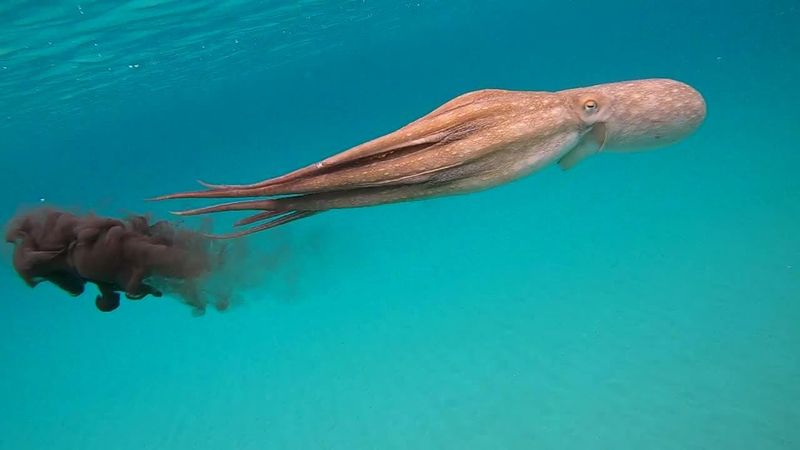
When threatened, squids release a cloud of dark ink that acts like a smoke bomb. This inky diversion not only blocks predators’ vision but also temporarily dulls their sense of smell.
Some clever squids even shape their ink into a decoy “squid” while they slip away in another direction. The ink contains a compound called melanin – the same pigment that gives human skin its color.
8. Tentacle Taste Testers
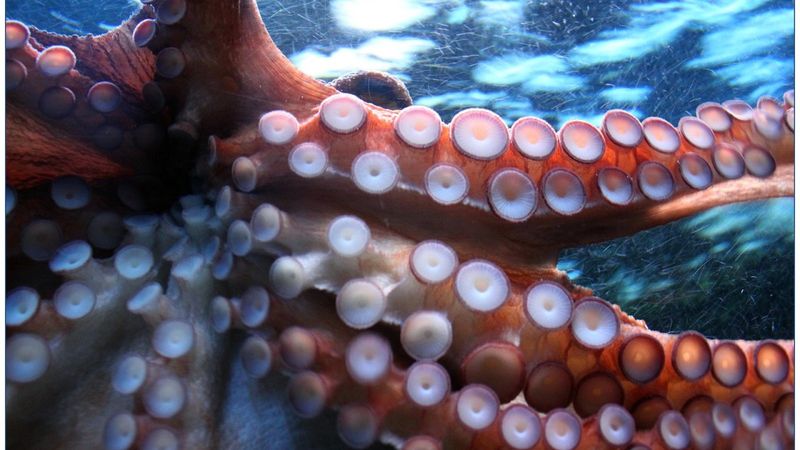
Squids taste their food without putting it in their mouth! Their arms and tentacles are covered with tiny suction cups that double as taste receptors.
By simply touching something, they can determine if it’s edible. This handy adaptation lets them sample potential meals without committing to a possibly poisonous bite. Imagine tasting your dinner by poking it with your finger!
9. Bioluminescent Light Shows

Deep-sea squids put on dazzling light shows that would make Vegas jealous! Many species have light-producing organs called photophores scattered across their bodies.
These living lanterns help them attract mates, confuse predators, and illuminate prey. The firefly squid of Japan creates such spectacular displays that their mating season has become a tourist attraction!
10. Record-Breaking Eyes
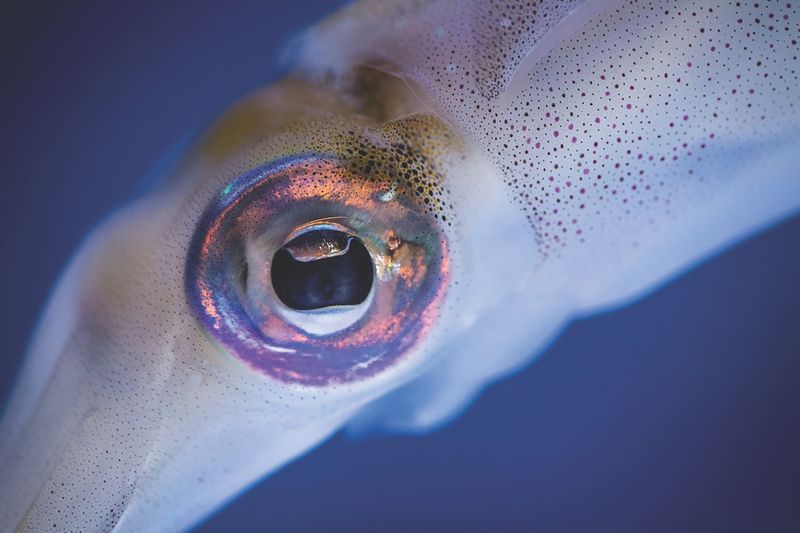
Talk about bedroom eyes! The colossal squid boasts the largest eyes in the animal kingdom – up to 11 inches across, about the size of a dinner plate!
These massive peepers help them detect the faintest light in the ocean depths. They can even spot the bioluminescent glow of potential prey from football fields away. Imagine having eyes bigger than your head!
11. Parental Sacrifice
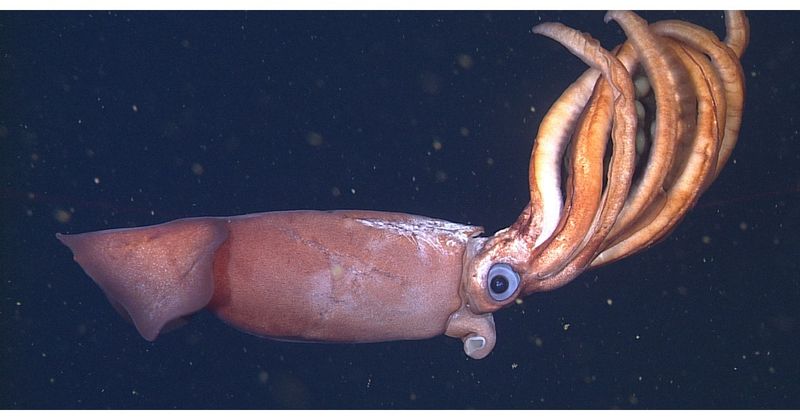
Some female squids make the ultimate sacrifice for their babies. After laying thousands of eggs, deep-sea squid moms will guard their egg masses without eating for months until they hatch.
This dedicated protection often costs the mother her life. The babies emerge as fully-formed mini-squids, ready to hunt on their own – a bittersweet testament to maternal devotion in the deep.
12. Sepia Masters
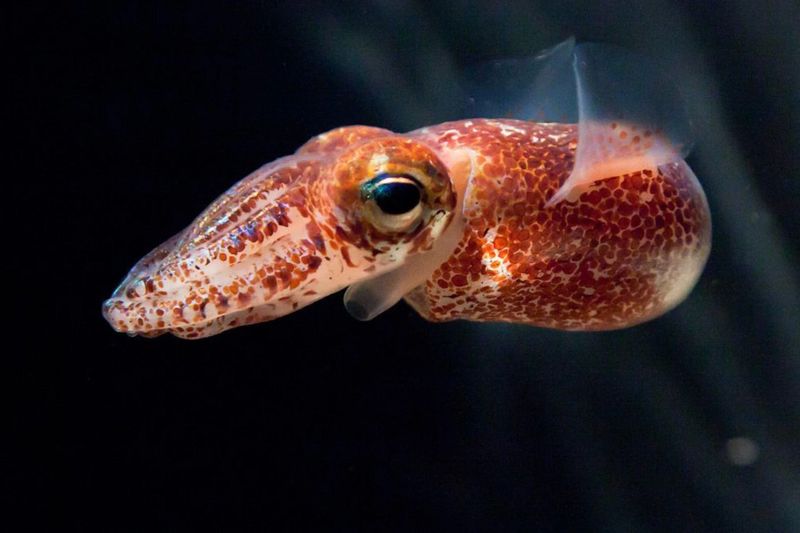
Before Instagram filters, there was sepia – and we have squids to thank! The rich brown pigment used in classic photography and art comes from the ink sac of cuttlefish, close cousins of squids.
This natural dye has been used for thousands of years in inks and art. Renaissance masters like Leonardo da Vinci used sepia ink for many of their famous sketches!
13. Living Fossils

Squids are ancient creatures that have barely changed in 300 million years! Fossil records show these cephalopods swimming in prehistoric oceans when dinosaurs were just getting started.
They’ve survived multiple mass extinctions that wiped out countless other species. Their successful body design and adaptable nature have kept them thriving while empires rose and fell above the waves.

